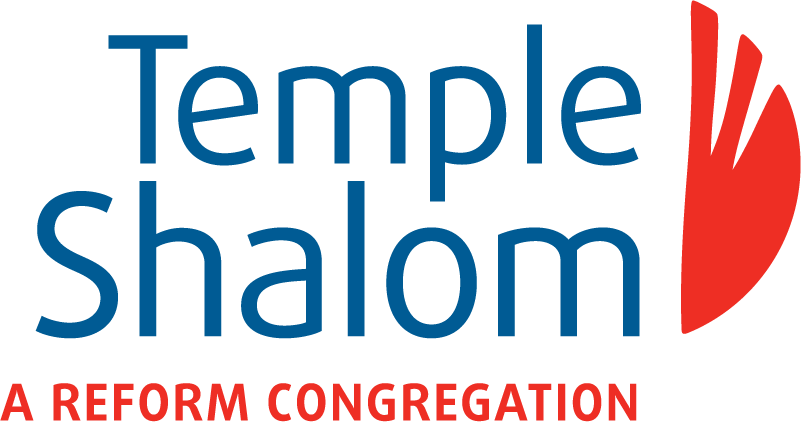Seeing the Paths Ahead: Commentary on Parashat R’eih;
D’var Torah by By Rabbi Sari Laufer
I’ve always imagined the revelation at Sinai to be a bit like meeting the Wizard of Oz. There’s smoke and mirrors, lights flashing, thunder blaring–it’s complete sensory overload. And from the smoke, Exodus teaches, God’s voice emerges. In this, the paradigmatic moment of revelation–we hear, but do not see–God. It is a theme that carries through much of Deuteronomy as well; we are, time and again, asked by Moses to listen, to hear. First, we are asked to listen to God’s voice, to God’s commands–as if we are hearing them directly. And then, as Deuteronomy progresses, we are asked to listen to Moses, to the words of the Torah itself.
But the opening of our parashah this week offers us a different command, perhaps one meant to surprise and shake us out of our routine: “See, this day I set before you blessing and curse” (Deuteronomy 11:26).
There is much to be said about this decision allegedly placed before the Israelites, about the idea that there is always a clear distinction between blessing and curse. I could–and have often–made the argument that most of Jewish tradition, or certainly rabbinic writing, is precisely about probing the space in between, about defining the grey areas and living in them. However, the more surprising moment here is in Moses’s very first word, the command with which he starts this teaching: see.
This is immediately surprising because seeing is complicated when it comes to the Divine. We are told repeatedly that seeing God is something that we cannot do. From the moment at Sinai that we are told to keep away from the mountain, to Moses being told that he cannot see God’s face and live, we are asked to have faith in a God we cannot see. It is, especially in the context of Deuteronomy’s obsession with idolatry, a way of setting our tradition apart. So, why now are we not only permitted — but commanded — to look and see? Why here?
Rabbanit Bracha Jaffe, writing for Yeshivat Maharat, notes that, “Seeing is done three-dimensionally. We take a snapshot with our eyes and…see many tiny details, yet we also integrate them into a big picture.” She writes this in contrast to hearing, which is linear and sequential: “Hearing is made up of disparate pieces of information that we may or may not put together into a larger piece.”
In the past chapters of Deuteronomy, we have been listening to the pieces of information that Moses is sharing. We have heard, again, the story of the Exodus from Egypt. We have heard, in bits and pieces, the various laws and expectations that God is setting for our entry into the Promised Land. Using Rabbanit Jaffe’s teaching, it is fair to imagine that we might not see the big picture. Perhaps we get lost in the details, in the small bits of information that we are collecting.
This week’s parashah largely continues this pattern. R’eih is full of laws. In five chapters, the parashah covers themes of false prophets, diet, tithes, freeing slaves, pilgrimage festivals, and idolatry.
But that is not how it begins. It begins with a singular word: “see.”
Our sages ask about the grammar of this passage. The sentence begins in the singular and ends in the plural. We open in the singular, to remind us that we are–above all–a communal people. Torah was given to us as a community. But, they go on to teach, we continue in the plural to emphasize that each of us has a choice to make: to determine our place in the covenant.
Rabbi Alan Lew,z”l , was a teacher and author of “This Is Real and You Are Completely Unprepared,” a must-read for the High Holy Day season. He writes:
“Look. Pay attention to your life. Every moment in it is profoundly mixed. Every moment contains a blessing and a curse. Everything depends on our seeing our lives with clear eyes, seeing the potential blessing in each moment as well as the potential curse, choosing the former, forswearing the latter.”
Moses says, “it is time to look. It is time to see.” It is time to step out of the details and see the patterns, the visions, and the goal. Through R’eih, Moses urges us to see a world that offers both blessings and curses, and the path towards each.
